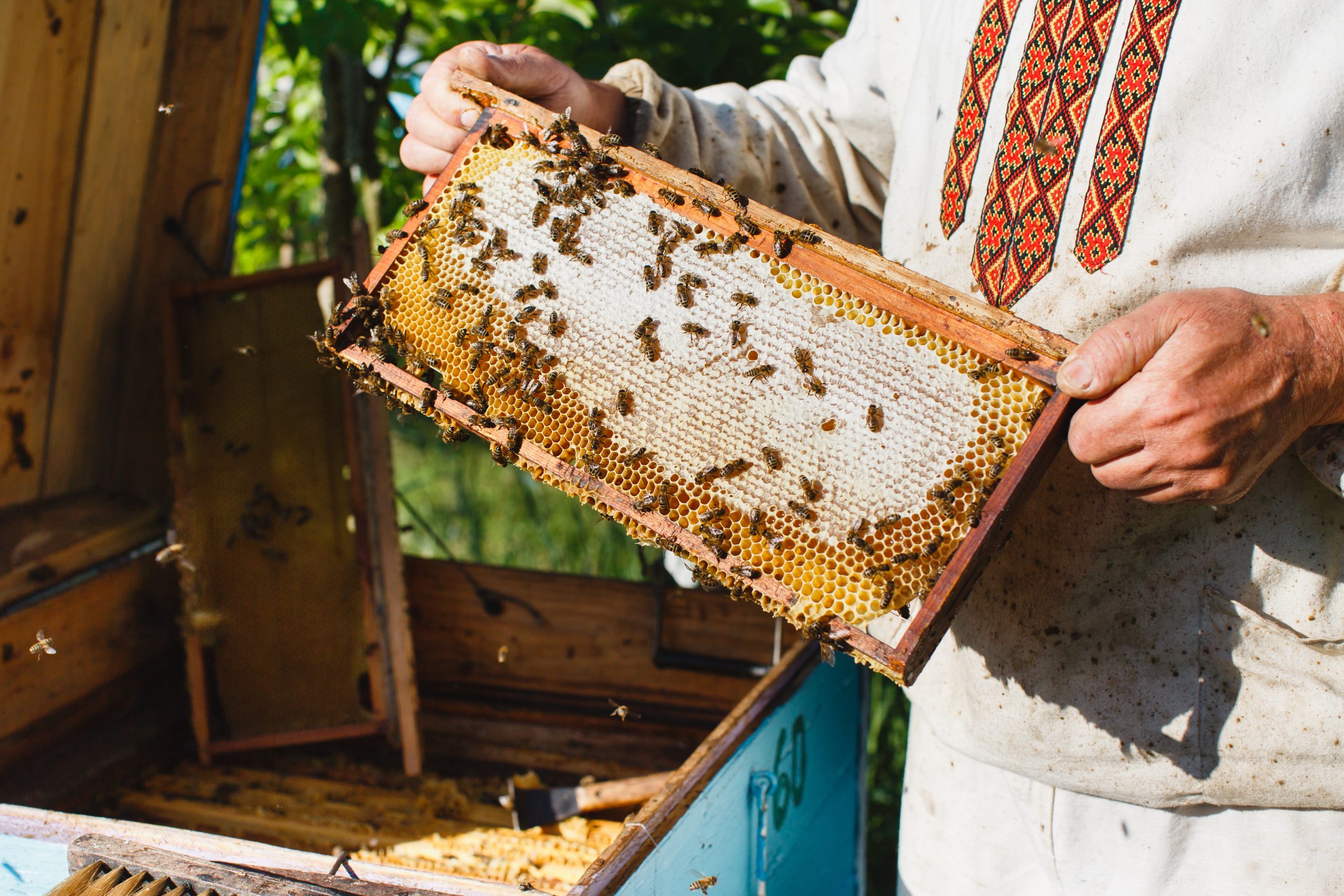Groups Searching for Authentic Test of Manuka Honey
April 10, 2016
Manuka Honey , Honey, Honey Industry
With Manuka honey being as popular as it is, it shouldn’t be surprising that there are individuals in the global market capitalizing on the New Zealand honey’s success by counterfeiting. Ian Proudfoot, head of New Zealand’s KPMG agribusiness, said, “We know there is probably 10 times more Manuka honey sold globally than is actually produced in New Zealand because of people counterfeiting the product.” According to Proudfoot, Manuka honey is one of the most counterfeited high-value products out there, and the need to establish whether or not honey is genuine Manuka has grown imperative to protecting the interests of consumers and law-abiding Manuka farmers.
At this point, Manuka producers have come up with two possible options for testing authenticity: the UMF Honey Association (UMFHA) believes a nectar test is best, whereas Canterbury-based Airborne Honey supports pollen analyses. In regards to the nectar test, the method in which Manuka would be validated involves a fluorescent compound called Leptosperin, which Dr. Jonathan Stephens says is unique to Manuka honey nectar. “Manuka and Kanuka have unique chemofluors,” Stephens said. “You shine light at a certain wavelength on a dilute honey solution and light bounces back at a different wavelength.” Stephens discovered Manuka and Kanuka are the only honeys with fluorescent characteristics, making them much easier to validate.
With a major lab in China already invited to examine the test, Stephens explained the nectar testing would be carried out in a lab via mass spectrometry, and field testing would involve a hand-held instrument called a fluorimeter. “Beekeepers will be able to go onto a site, scan hives, and it will tell them whether bees are working the Manuka and what quality it is,” Stephens said, thereby providing immediate solutions for producers and sellers. “It will be also great in market because you’ll be able to go along and assess honeys on the shelf.”
On the other side of the testing debate is Airborne Honey’s sales and marketing manager John Smart, who says Leptosperin is a “created name,” and that producers over the years have claimed other compounds were the unique identifier in Manuka honey—hence Airborne’s preference for pollen analyses. Smart claimed Airborne used a quality assurance system to produce authentication, providing perhaps another equally sound test for Manuka honey authentication.
With the debate ongoing and neither test gaining preference, the Ministry for Primary Industries (MPI) is currently on the task of setting the standard for the Manuka honey industry. In fact, MPI advisor Jim Sim recently told a Manuka honey conference that a three year program would end this year, with its sole goal being to distinguish Manuka honey from other honey types. With so much at stake, hopefully by year’s end there will be a more definitive answer for which test determines who is using authenticated New Zealand Manuka honey and who is cheating the consumers.


.jpg)



